How to Use a Digital Multimeter
Method 1 of 4:
Measuring Voltage
-
 Use the voltage setting to measure for AC and DC voltage. AC, or alternating current, voltage is used to measure things you might find around the house, like wall sockets, microwaves, or pumps. DC, direct current, voltage is mostly used to measure batteries. Both of these types of voltage are measured very similarly with only slight differences in how to get your reading.
Use the voltage setting to measure for AC and DC voltage. AC, or alternating current, voltage is used to measure things you might find around the house, like wall sockets, microwaves, or pumps. DC, direct current, voltage is mostly used to measure batteries. Both of these types of voltage are measured very similarly with only slight differences in how to get your reading.- DC voltage is common in cars and other vehicles and is often used during auto repairs.
-
 Plug the test leads into the COM and V terminals. The black test lead will always be plugged into the terminal that's labeled 'COM' for 'Common.' The red test lead should be plugged into the terminal labeled 'V' for 'Voltage' since this is what you're testing.[1]
Plug the test leads into the COM and V terminals. The black test lead will always be plugged into the terminal that's labeled 'COM' for 'Common.' The red test lead should be plugged into the terminal labeled 'V' for 'Voltage' since this is what you're testing.[1]- Both AC and DC voltage are measured using the test leads in this setting.
-
 Move the dial to V~ if you're measuring AC voltage. Use the AC voltage setting if you're measuring voltage in a wall socket, the washer or dryer, TV, or any other electrical system in the home. Look for the V with a wave sign next to it and move your dial to this area.[2]
Move the dial to V~ if you're measuring AC voltage. Use the AC voltage setting if you're measuring voltage in a wall socket, the washer or dryer, TV, or any other electrical system in the home. Look for the V with a wave sign next to it and move your dial to this area.[2] -
 Switch the dial to V⎓ to measure DC voltage. DC, or Direct Current, voltage measures batteries. DC voltage is represented by a V with a horizontal line next to it and a dotted line under the horizontal one. Look for the DC voltage area on your multimeter and move the dial to this section.[3]
Switch the dial to V⎓ to measure DC voltage. DC, or Direct Current, voltage measures batteries. DC voltage is represented by a V with a horizontal line next to it and a dotted line under the horizontal one. Look for the DC voltage area on your multimeter and move the dial to this section.[3]- If you accidentally measure AC voltage on the DC setting, or vice versa, it won't harm the multimeter as long as the meter's voltage range is set at its highest.
-
 Set the dial to the next number up from the voltage you're measuring. For example, if you're measuring a 1.5V battery, you would move the dial to 2V because this is the next number up that's displayed on the multimeter. If you're not sure of the voltage of the thing you're measuring, set the dial to a higher number. You can always move it to a lower number to get a better reading.[4]
Set the dial to the next number up from the voltage you're measuring. For example, if you're measuring a 1.5V battery, you would move the dial to 2V because this is the next number up that's displayed on the multimeter. If you're not sure of the voltage of the thing you're measuring, set the dial to a higher number. You can always move it to a lower number to get a better reading.[4]- If you're measuring a battery, remember that your dial will be set to a number in the DC voltage area.
- If you're measuring the electrical current in a wall socket using AC voltage, you might set the dial to 200V in the AC section if the socket is 110V.
-
 Place the wire probes on the positive and negative circuit parts to measure DC voltage. The black probe should be placed on the negative side of the battery, while the red probe is placed on the positive side. Hold the probes on their corresponding ends using your hands, making sure the probe is touching the metal section of each positive and negative end.[5]
Place the wire probes on the positive and negative circuit parts to measure DC voltage. The black probe should be placed on the negative side of the battery, while the red probe is placed on the positive side. Hold the probes on their corresponding ends using your hands, making sure the probe is touching the metal section of each positive and negative end.[5]- If you're not sure which end is positive and which is negative, try putting a probe on each end and seeing what the multimeter says. If it's showing a negative number, your positive and negative are switched.
-
 Put the probes in the correct wall socket slots to measure AC voltage. To measure the voltage in a wall socket, the black probe goes in the bigger slot, and the red probe goes in the smaller slot right next to it.[6]
Put the probes in the correct wall socket slots to measure AC voltage. To measure the voltage in a wall socket, the black probe goes in the bigger slot, and the red probe goes in the smaller slot right next to it.[6]- To avoid getting shocked, keep your fingers away from the tips of the probes when you're putting them near the wall socket.
- Keep the probes from coming in contact with one another.
-
 Look at the digital multimeter reading to see the voltage. Once your probes are where they should be, you'll get a reading on the multimeter telling you the voltage of what you're testing. Look at the digital screen to find the reading and take note of it if desired.[7]
Look at the digital multimeter reading to see the voltage. Once your probes are where they should be, you'll get a reading on the multimeter telling you the voltage of what you're testing. Look at the digital screen to find the reading and take note of it if desired.[7]- Looking at your reading will tell you whether or not the voltage you're measuring is average or not. For example, if you measure the wall socket and the multimeter reads 100V, this is below the average of 120V, letting you know this wall socket's voltage is low.
Method 2 of 4:
Testing Resistance
-
 Use the resistance setting to measure resistors after disconnecting them. To measure resistance, the multimeter sends a small amount of current to the object you're testing and gives you its resistance in ohms. Make sure you disconnect the thing you're measuring so it's not linked to a power source.[8]
Use the resistance setting to measure resistors after disconnecting them. To measure resistance, the multimeter sends a small amount of current to the object you're testing and gives you its resistance in ohms. Make sure you disconnect the thing you're measuring so it's not linked to a power source.[8]- If you don't turn off the power, you could damage your multimeter.
- Measure the resistance in things like switches or a motor.
-
 Insert the black test lead in COM and the red test lead in the Ω terminal. Stick the black test lead's plug into the COM terminal. The red test lead's plug goes into the terminal labeled Ω, which is the symbol for ohms, the unit that resistance is measured in.[9]
Insert the black test lead in COM and the red test lead in the Ω terminal. Stick the black test lead's plug into the COM terminal. The red test lead's plug goes into the terminal labeled Ω, which is the symbol for ohms, the unit that resistance is measured in.[9]- The Ω sign is likely linked with the V sign, meaning the terminal to measure ohms and voltage is the same.
-
 Locate the area represented by the resistance sign. Look for the Ω symbol on your multimeter's dial area, which will show the numbers for resistance. Twist the dial until it's in this section.[10]
Locate the area represented by the resistance sign. Look for the Ω symbol on your multimeter's dial area, which will show the numbers for resistance. Twist the dial until it's in this section.[10] -
 Set the dial to a number above the resistance that's expected. To do this, it helps to know the rough amount of resistance of the thing you're testing. For example, if you're testing a wire, the number will be closer to zero because wires don't have much resistance, while a piece of wood is much more resistant. Twist the dial to a number more than the expected resistance.[11]
Set the dial to a number above the resistance that's expected. To do this, it helps to know the rough amount of resistance of the thing you're testing. For example, if you're testing a wire, the number will be closer to zero because wires don't have much resistance, while a piece of wood is much more resistant. Twist the dial to a number more than the expected resistance.[11]- For example, if you're measuring the resistance of something you think will have 1,000 ohms, you would set the dial to 2,000.
- The Ω values will range from 200 to 2 million ohms, depending on the specific type of multimeter.
- If you're not sure what the expected resistance will be, set the dial to a high number and keep twisting it down until you get a precise reading.
-
 Place the probes on the resistor to test the amount of resistance. Touch the tips of the probes onto each end of the resistor. Look at the multimeter's digital screen to see the reading, which will tell you the amount of resistance in ohms.[12]
Place the probes on the resistor to test the amount of resistance. Touch the tips of the probes onto each end of the resistor. Look at the multimeter's digital screen to see the reading, which will tell you the amount of resistance in ohms.[12]- If your multimeter is just reading '1,' you might need to increase the value of ohms measured by turning the dial so your reading can be more specific.
- Write down the reading if needed, noting the correct unit.
Method 3 of 4:
Checking Continuity
-
 Use the continuity option to test whether wires are still working or not. If you're not sure whether a certain cord or wire still has a good connection, you can test this by measuring its continuity. This will test the connection between two points in a circuit.[13]
Use the continuity option to test whether wires are still working or not. If you're not sure whether a certain cord or wire still has a good connection, you can test this by measuring its continuity. This will test the connection between two points in a circuit.[13]- This is a good way to see if cables are broken internally or not.
-
 Check to make sure the device you're testing isn't powered. Unplug or remove the batteries from the device you want to test. If the device is still being powered, you won't be able to test for continuity.[14]
Check to make sure the device you're testing isn't powered. Unplug or remove the batteries from the device you want to test. If the device is still being powered, you won't be able to test for continuity.[14] -
 Insert the black plug in COM and the red plug in the Ω terminal. The terminal that holds the red plug should be the one labeled as V, Ω, or even the sign for continuity, which looks like a sound wave. Place the black and red plugs in their corresponding terminals so you're ready to measure continuity.[15]
Insert the black plug in COM and the red plug in the Ω terminal. The terminal that holds the red plug should be the one labeled as V, Ω, or even the sign for continuity, which looks like a sound wave. Place the black and red plugs in their corresponding terminals so you're ready to measure continuity.[15] -
 Set the dial to the picture that looks like a sound wave. Instead of having a range of numbers in its area, the continuity option will only show the one sound wave. Twist the dial until it's pointing directly at the continuity sound wave to be sure it's on the right setting.[16]
Set the dial to the picture that looks like a sound wave. Instead of having a range of numbers in its area, the continuity option will only show the one sound wave. Twist the dial until it's pointing directly at the continuity sound wave to be sure it's on the right setting.[16] -
 Attach the probes to the ends of the wire you're testing. Place the black probe on one end of the wire, and the red probe on the other. Make sure that the probes are both touching the wire ends at the same time so the multimeter will work properly.[17]
Attach the probes to the ends of the wire you're testing. Place the black probe on one end of the wire, and the red probe on the other. Make sure that the probes are both touching the wire ends at the same time so the multimeter will work properly.[17] -
 Listen for a beep to signal that there's a strong connection. As soon as the two probes are touching the wires ends, you should hear a beep if the wire is working well. If you don't hear a beep, this means you have a short in the wire.[18]
Listen for a beep to signal that there's a strong connection. As soon as the two probes are touching the wires ends, you should hear a beep if the wire is working well. If you don't hear a beep, this means you have a short in the wire.[18]- If you have a cut or burnt wire, your wire might have a short.
- The beep is telling you that there's almost no resistance between the two points.
Method 4 of 4:
Calculating Current
-
 Find the current of circuits by measuring in amps. Amps, short for ampere, is the unit of electrical current. This will tell you how much electricity is flowing through a certain circuit.[19]
Find the current of circuits by measuring in amps. Amps, short for ampere, is the unit of electrical current. This will tell you how much electricity is flowing through a certain circuit.[19]- Measuring the amperage of something is useful because it can tell you whether that object is pulling too much energy, draining your electricity.
-
 Place the black test lead in COM and the red test lead in the correct Amps option. The black plug goes into the COM terminal. Your multimeter likely has two terminals for amps: one for currents up to 10 amps (10A) and one that measures up to roughly 300 milliamps (300mA). If you're not sure of the range of amperage you're measuring, place your red plug in amps instead of milliamps.[20]
Place the black test lead in COM and the red test lead in the correct Amps option. The black plug goes into the COM terminal. Your multimeter likely has two terminals for amps: one for currents up to 10 amps (10A) and one that measures up to roughly 300 milliamps (300mA). If you're not sure of the range of amperage you're measuring, place your red plug in amps instead of milliamps.[20]- You can switch to milliamps for a more precise reading if necessary.
- As long as you're measuring something under the max amperage (10A), then your multimeter will work.
- The red plug will either go in amps or milliamps, labeled with A or mA.
-
 Locate the Amps setting and turn the multimeter's dial to it. Look for the A that stands for Amps. Twist the dial on the multimeter until it's on this setting to measure the current.[21]
Locate the Amps setting and turn the multimeter's dial to it. Look for the A that stands for Amps. Twist the dial on the multimeter until it's on this setting to measure the current.[21]- Some multimeters have two A's, one for alternating current (used for residential power and is represented by the wave sign) and one for direct current (used in batteries and wires and is represented by a horizontal line with a dotted line under it). Direct current is the one that's most used for this reading.
- Turn the dial to 10A for the best reading.
-
 Cut the wires using a wire cutter. This is called breaking the circuit, and it turns your multimeter into an ammeter, which measures current. Use wire cutters to cut the wire you're testing in half. If your wire has insulation on it, strip off roughly 0.5 in (1.3 cm) of insulation towards the end of each cut using the wire cutters.[22]
Cut the wires using a wire cutter. This is called breaking the circuit, and it turns your multimeter into an ammeter, which measures current. Use wire cutters to cut the wire you're testing in half. If your wire has insulation on it, strip off roughly 0.5 in (1.3 cm) of insulation towards the end of each cut using the wire cutters.[22]- If you don't break the circuit by splicing the wires, you could blow a fuse and won't get an accurate reading.
- In some instances, avoid cutting the wire by disconnecting one wire and touching the ammeter to the bare wire end as well as the pole of the circuit.
-
 Splice in the multimeter to give you an accurate reading. Hold one probe to one split end of wire, and the other probe to the other split end. Use alligator clips to hold the probes and wires together so your hands are free.[23]
Splice in the multimeter to give you an accurate reading. Hold one probe to one split end of wire, and the other probe to the other split end. Use alligator clips to hold the probes and wires together so your hands are free.[23]- "Splicing in the multimeter" means that you're connecting the multimeter to the current going directly through the wires.
-
 Read the number on the multimeter to tell you the amps or milliamps. When the wires are properly touching the red and black probes, the multimeter should come up with an amperage reading. Write this number down so you don't forget it, if desired.[24]
Read the number on the multimeter to tell you the amps or milliamps. When the wires are properly touching the red and black probes, the multimeter should come up with an amperage reading. Write this number down so you don't forget it, if desired.[24]
3.5 ★ | 2 Vote
You should read it
- Is power failure and voltage spike harmful to the computer?
- How to Test a Fuse With a Multimeter
- How to Use Voltage Testers
- Wire climbing robot repairs high voltage lines
- Why do people put balls on high voltage cables?
- How to Cite a Blog in APA
- How to Quote in a Research Paper
- How to Conduct Academic Research
May be interested
- 11 best digital DAC converters for Hi-Res audio
 the built-in speakers on your computer may not be great, it's only suitable for playing youtube videos that can't play hi-res sound quality. it is time to use dac digital converter.
the built-in speakers on your computer may not be great, it's only suitable for playing youtube videos that can't play hi-res sound quality. it is time to use dac digital converter. - 5 free digital Whiteboard solutions to replace the Whiteboard application of Microsoft and Google
 the whiteboard application is an important collaboration tool during team work. and the time has come for the whiteboard app to be digital.
the whiteboard application is an important collaboration tool during team work. and the time has come for the whiteboard app to be digital. - Top digital cameras for children
 finding the best camera for your child can be a great way to help them get creative while having fun – and it's never too early to start!
finding the best camera for your child can be a great way to help them get creative while having fun – and it's never too early to start! - Using digital camera shooting modes
 if you know how to use the shooting modes of a digital camera, you will get better photos
if you know how to use the shooting modes of a digital camera, you will get better photos - What is ISO in digital photography?
 learn about iso speed in digital photography for beautiful photos
learn about iso speed in digital photography for beautiful photos - How to get photos from digital cameras
 digital cameras (kts) today have many outstanding features and prices are declining, which makes it a lot of interest for low-income users. one advantage of digital cameras is that it supports external memory cards,
digital cameras (kts) today have many outstanding features and prices are declining, which makes it a lot of interest for low-income users. one advantage of digital cameras is that it supports external memory cards, - How to set up a digital calendar to help you stay organized
 digital calendars can be a great way to organize work and personal life, but often they're also prone to overcomplication.
digital calendars can be a great way to organize work and personal life, but often they're also prone to overcomplication. - Photoworks Digital Partner 1.0 (PDP) - 'Friends' of digital photo lovers
 just connect your digital camera to your computer with a universal data transfer cable, pdp will help you do the rest of the work for digital photo lovers, from sorting, browse photos, edit, organize to print.
just connect your digital camera to your computer with a universal data transfer cable, pdp will help you do the rest of the work for digital photo lovers, from sorting, browse photos, edit, organize to print. - Keep digital devices from overloading
 your home owns digital devices such as digital cameras, digital camcorders, audiovisual products ... it is usually the time when this group of products operates at full capacity. and sometimes too
your home owns digital devices such as digital cameras, digital camcorders, audiovisual products ... it is usually the time when this group of products operates at full capacity. and sometimes too - How to transfer pictures from digital camera to computer
 you can easily transfer files from your digital camera to your computer in many ways
you can easily transfer files from your digital camera to your computer in many ways






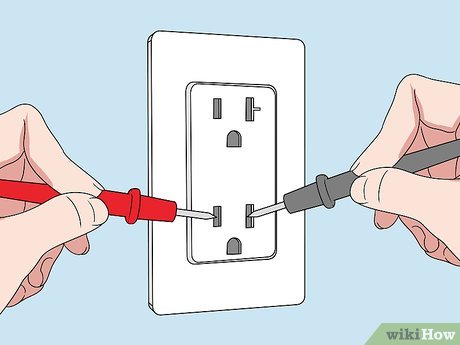
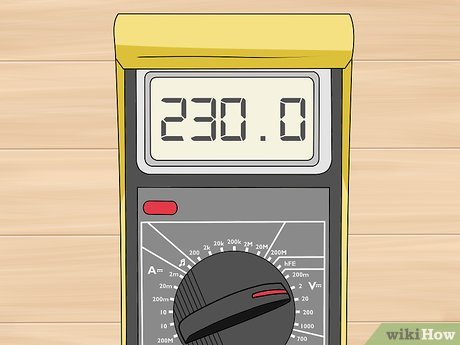
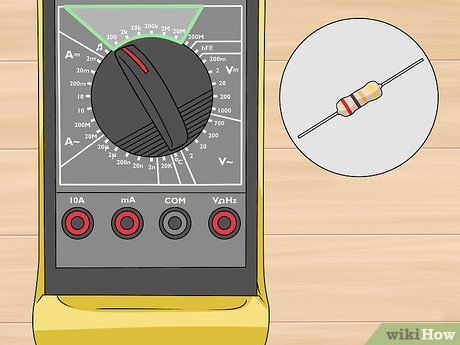
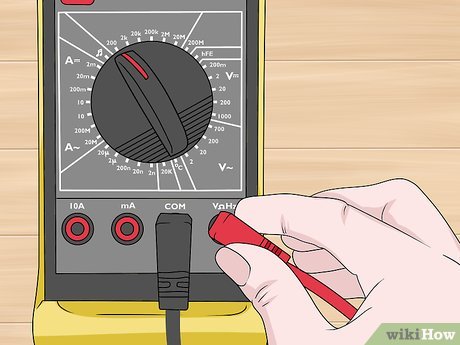
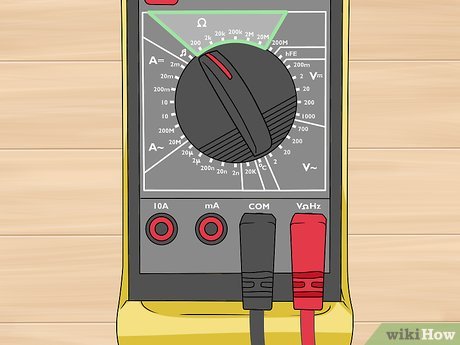
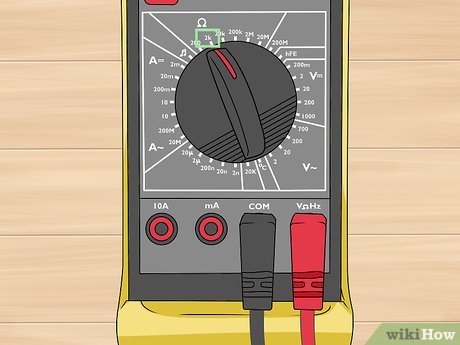
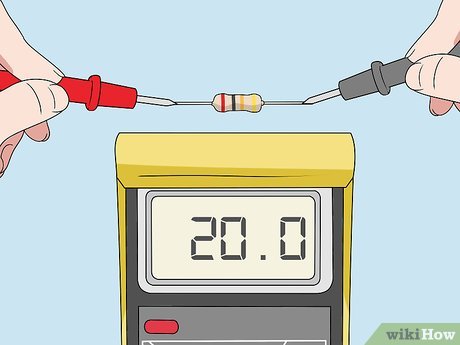
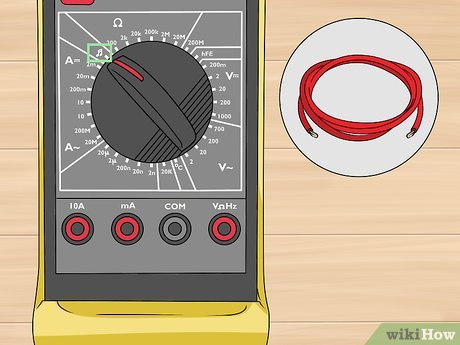
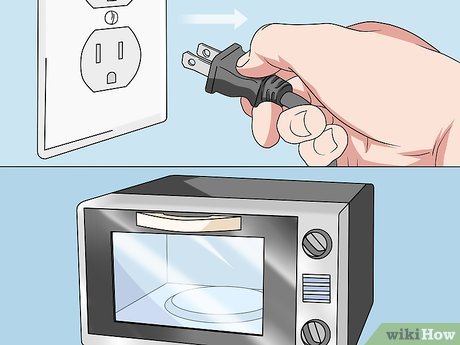

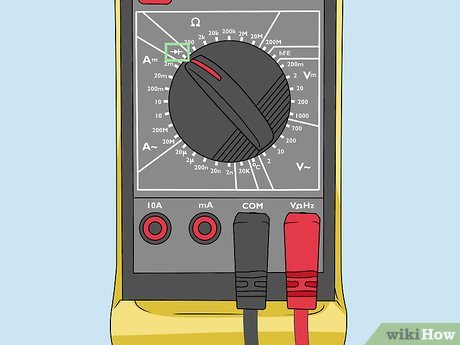
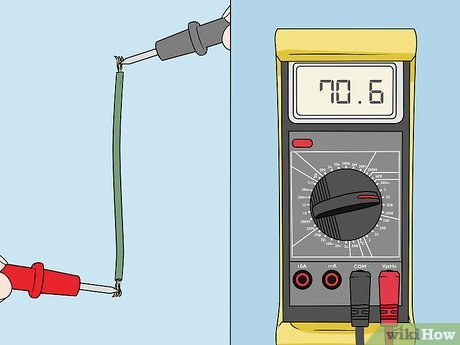
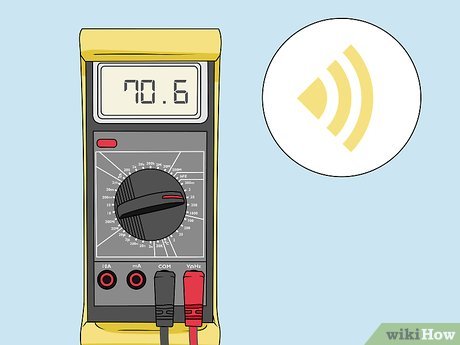
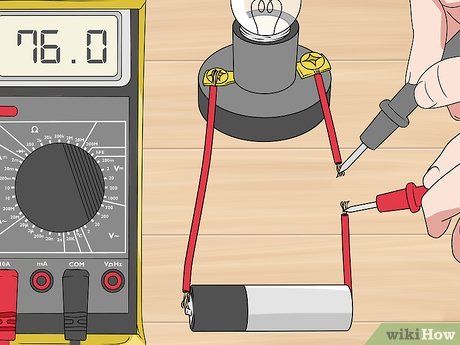
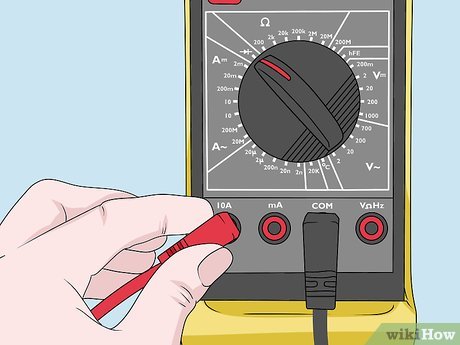
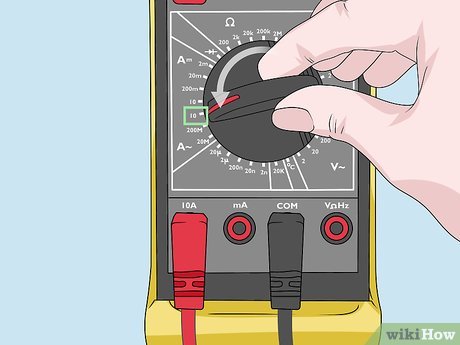
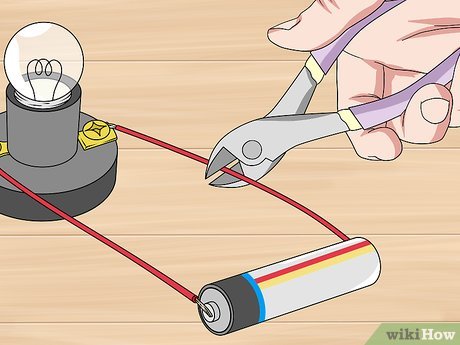
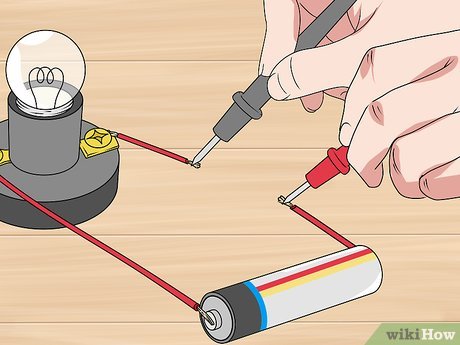
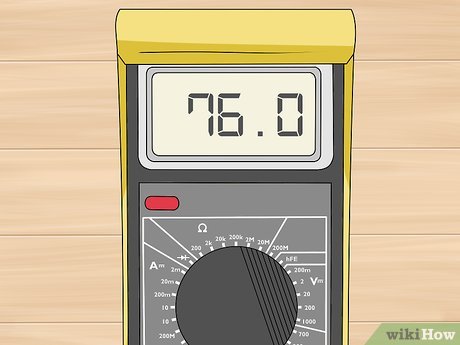










 How to Update an ASUS BIOS
How to Update an ASUS BIOS How to Find Your Subnet Mask
How to Find Your Subnet Mask How to Convert CDA to MP3
How to Convert CDA to MP3 How to Put Pictures on a Flash Drive
How to Put Pictures on a Flash Drive How to Open XPS Files
How to Open XPS Files How to Remove the Password from a Zip File Without Knowing the Password
How to Remove the Password from a Zip File Without Knowing the Password